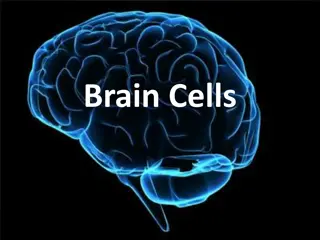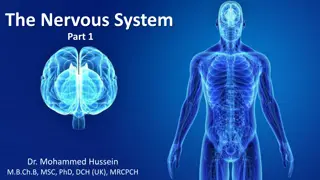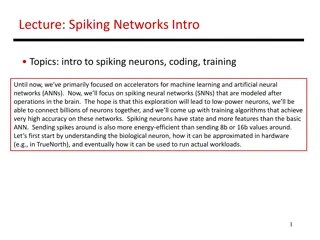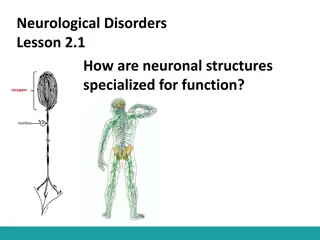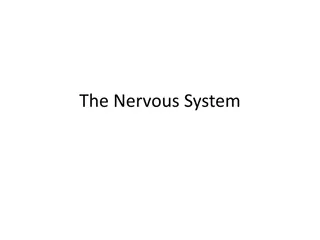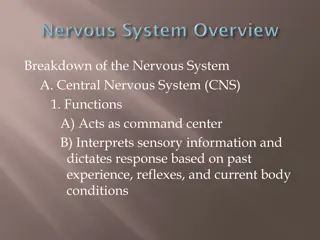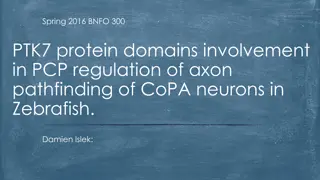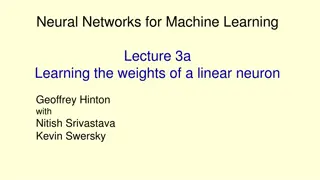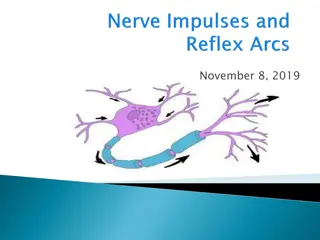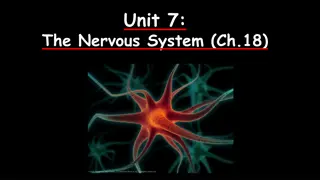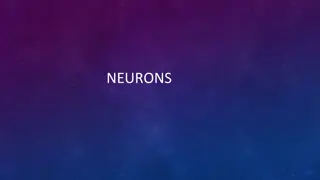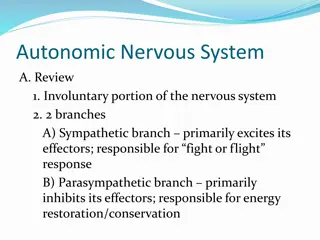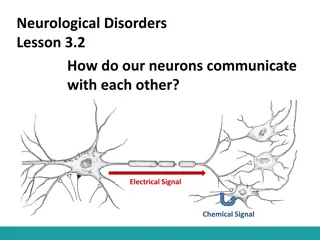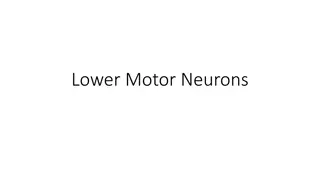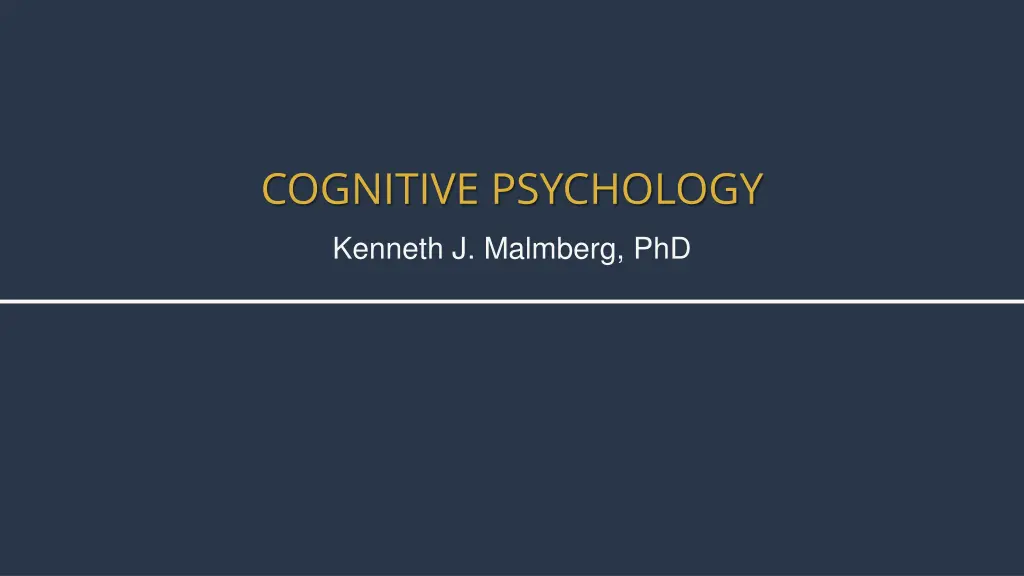
Understanding Neurons: The Brain & Behavior
Explore the fascinating world of neurons and their pivotal role in cognitive psychology. Delve into how neurons process information, their structure, and the significance of single cell recordings and action potentials in unraveling cognitive processes. Discover the evolving relationship between cognitive psychology and neuroscience, shaping our understanding of the brain and behavior.
Download Presentation

Please find below an Image/Link to download the presentation.
The content on the website is provided AS IS for your information and personal use only. It may not be sold, licensed, or shared on other websites without obtaining consent from the author. If you encounter any issues during the download, it is possible that the publisher has removed the file from their server.
You are allowed to download the files provided on this website for personal or commercial use, subject to the condition that they are used lawfully. All files are the property of their respective owners.
The content on the website is provided AS IS for your information and personal use only. It may not be sold, licensed, or shared on other websites without obtaining consent from the author.
E N D
Presentation Transcript
COGNITIVE PSYCHOLOGY Kenneth J. Malmberg, PhD
NEURONS Kenneth J. Malmberg, PhD
Cognition and the Brain ? How do neurons process information?
Cognition and the Brain - Who Cares? ? How do neurons process information? ! Who cares? This is a class on Cognitive Psychology, not Neuroscience!
Cognition and the Brain: Relationships ? How do neurons process information? ! Who cares? This is a class on Cognitive Psychology, not Neuroscience! Many years ago, the distinction between cognitive psychology and neuroscience was dramatic. Cognitive psychologists and neuroscientists did not interact much. Today, each discipline falls under the umbrella of Cognitive Science, and the goal is to better understand how the brain gives rise to the mind (or mental experience) and how the mind is used to think and how it allows us to interact effectively in our environment. Thus, our understanding of the brain constrains our models of the mind, and our understanding of behavior constrains our models of the brain.
Neuron Image ? How do neurons process information? NEURON Neurons are cells that receive and transmit information. A Neuron Image
Single Cell Recordings SINGLE CELL RECORDINGS Recording from single neurons: single cell recordings. The goal is to detect the signals produced by a single neuron. By doing so in presence of different stimuli, we can infer to what that neuron responds most vigorously and hence how it contributes to cognition.
Action Potentials ACTION POTENTIALS Recording from single neurons: single cell recordings. These signals are referred to as Action Potentials. Action potentials are changes in the electrical charge of a neuron along its axon.
Action Potentials: Measurement Recording from single neurons: single cell recordings. These signals are referred to as Action Potentials. A Single Action Potential
Action Potentials: Firing Rates All action potentials have the same size. However, neurons respond to different stimuli in the rate at which the action potential responds. These action potentials are propagated along the axon. A Series of Action Potentials
Synapses ! Communication between neurons occurs at a synapse. These gaps are synapses. When the action potential arrives at the end of the axon, it triggers a chemical process that bridges the gaps between neurons by releasing neurotransmitters.
Interacting Neurons ! Neurons process information by interacting with each other. All excitatory synapses
Study Guide 1 True or False? Studying the working of neurons helps us understand the relationship between the brain and mind. True False
Study Guide 1 True or False? Studying the working of neurons helps us understand the relationship between the brain and mind. True False
Study Guide 2 True or False? Typical neurons send to and receive information from each other. True False
Study Guide 2 True or False? Typical neurons send to and receive information from each other. True False
Study Guide 3 True or False? Transduction is the transfer of information from one neuron to another. True False
Study Guide 3 True or False? Transduction is the transfer of information from one neuron to another. True False
Study Guide 4 True or False? Neural activity is measured by the magnitude of its firing. True False
Study Guide 4 True or False? Neural activity is measured by the magnitude of its firing. True False
Study Guide 5 True or False? The combination of excitatory and inhibitory neurotransmitters released into the synapse determines the level firing in the receiving neuron. True False
Study Guide 5 True or False? The combination of excitatory and inhibitory neurotransmitters released into the synapse determines the level firing in the receiving neuron. True False

